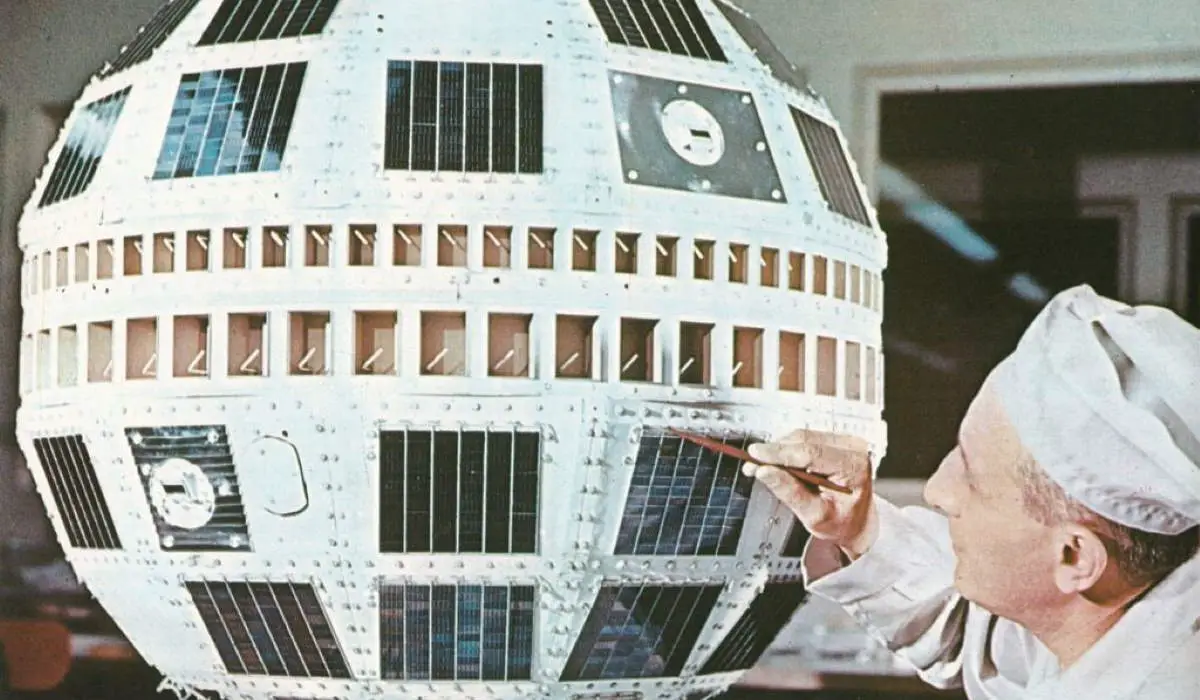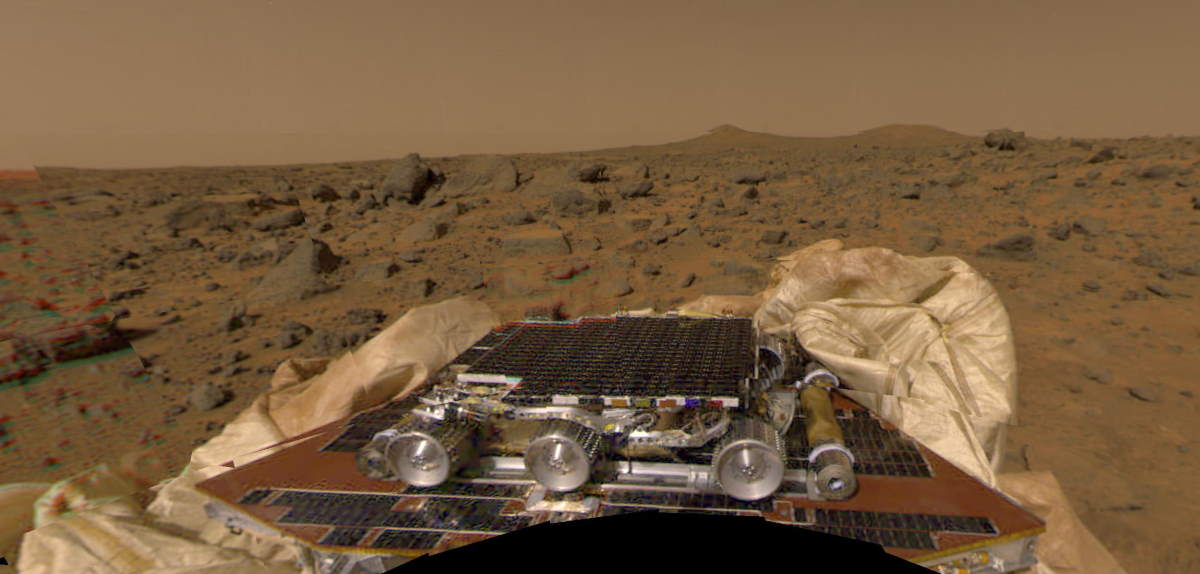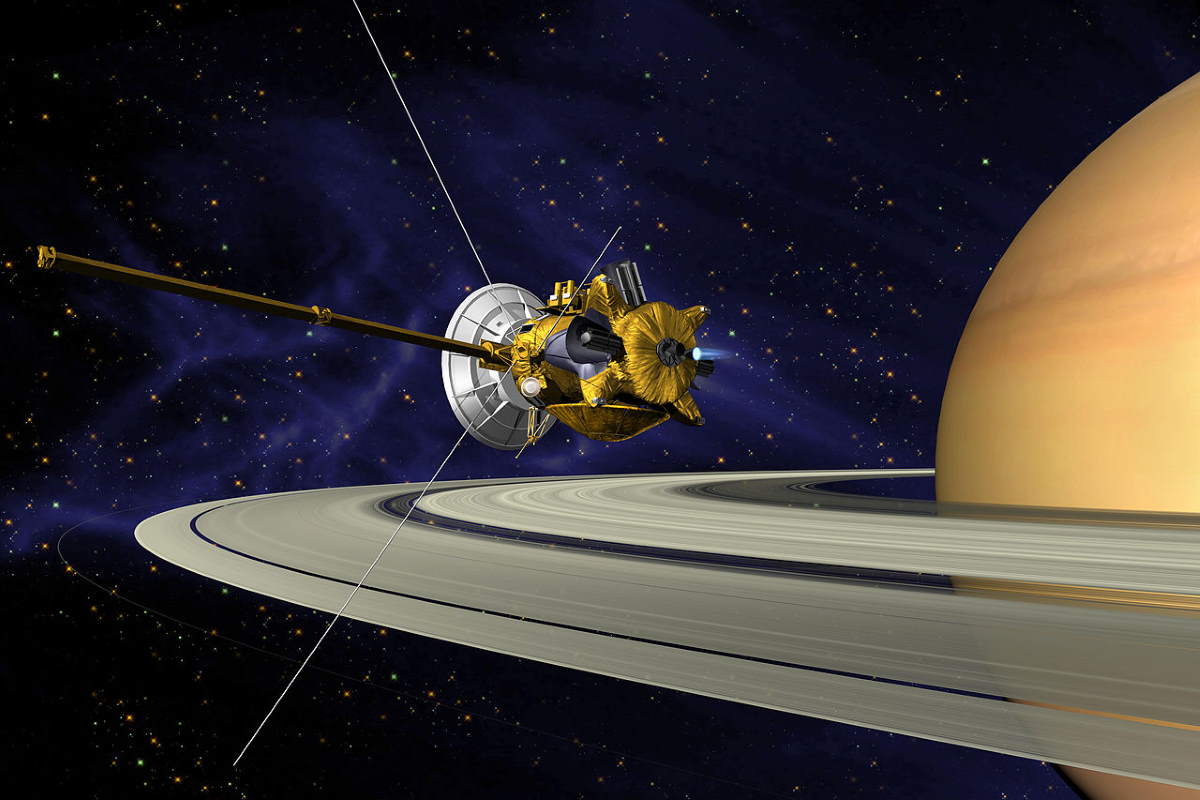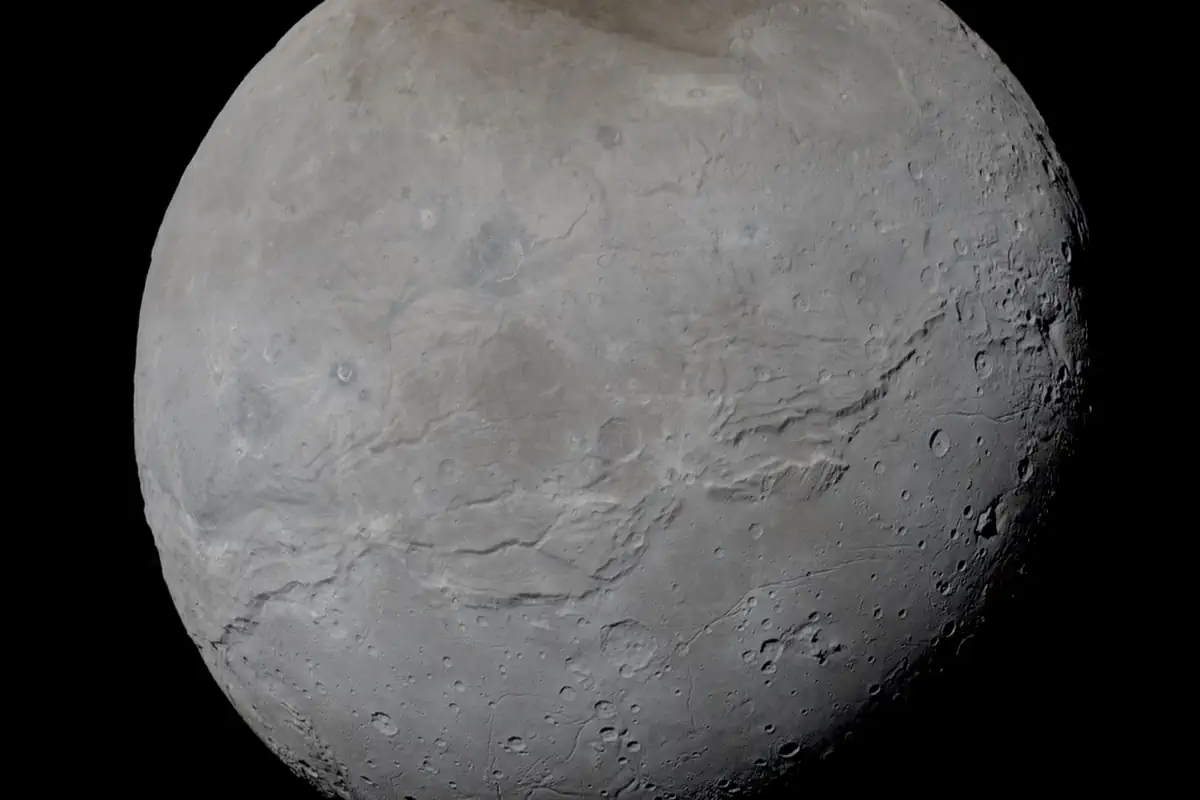Much of the technology common today that we take for granted originates from the moon landing. Here are 10 moon-landing innovations that changed life on Earth.
Category Archives: Space Exploration
Heroes of Space and Flight Solitaire
Give yourself a break and learn about the important figures in the field of flight and space exploration in this educational solitaire game. Discover some space and flight pioneers who paved the way and learn while you play!
Telstar 1, the satellite that allowed the first live broadcast of television images was launched on July 10, 1962
On July 10, 1962, Telstar 1, the satellite that allowed the first live broadcast of television images was launched from Cape Canaveral. It was the first privately sponsored space mission. Two days after the launch, on July 12, it relayed the world’s first transatlantic television signal, from Andover Earth Station, Maine, United States, to the …
AS-203, the first Apollo orbital mission was launched on July 5, 1966
On July 5, 1966, the first Apollo orbital mission, AS-203 was launched from NASA’s Kennedy Space Center, Florida. It was an uncrewed flight of the vehicle’s second stage, the S-IVB stage (it was the 3rd stage of Saturn V, which carried humans to the Moon), to test it under orbital conditions and to obtain flight …
Continue reading “AS-203, the first Apollo orbital mission was launched on July 5, 1966”
Sojourner (Mars Pathfinder) became the first operational rover on another planet on July 4, 1997
NASA’s robotic spacecraft Mars Pathfinder landed on Mars on July 4, 1997. It was carrying a small rover named Sojourner and with that landing, Sojourner became the first operational rover on another planet.
ESA’s Giotto became the first spacecraft to use Earth for a gravity assist on July 2, 1990
On July 2, 1990, European Space Agency’s (ESA) Giotto spacecraft performed the first-ever earth gravity-assisted maneuver to be retargeted for its destination, Comet P/Grigg-Skjellerup.
Cassini entered Saturn’s orbit on July 1, 2004
NASA’s Cassini space probe entered Saturn’s orbit on July 1, 2004, and became the first spacecraft to orbit the ringed planet.
Soyuz 11 Disaster: the only three humans who died in space [June 29, 1971]
On June 29, 1971, after completing its record-breaking 20th day in orbit, the crew of Soyuz 11, Georgy T. Dobrovolski (Commander), Viktor I. Patsayev, and Vladislav N. Volkov departed from the Salyut 1 space station, the first space station in the history of space exploration, on June 29, 1971. Unfortunately, the mission ended in disaster …
Continue reading “Soyuz 11 Disaster: the only three humans who died in space [June 29, 1971]”
Charon, Pluto’s Moon was discovered on June 22, 1978
On June 22, 1978, Pluto’s moon Charon was discovered by United States Naval Observatory astronomer James Christy (born September 15, 1938).
V-2 rocket (MW 18014) became the first human-made object in space on June 20, 1944
On June 20, 1944, a German A-4/V-2 rocket became the first human-made object to travel into space by crossing the Kármán line with the vertical launch of MW 18014, attaining an apogee of 176 kilometers (109.3 miles). The Kármán line commonly represents the boundary between the Earth’s atmosphere and outer space. It lies at an altitude of 100 kilometers (62 …









